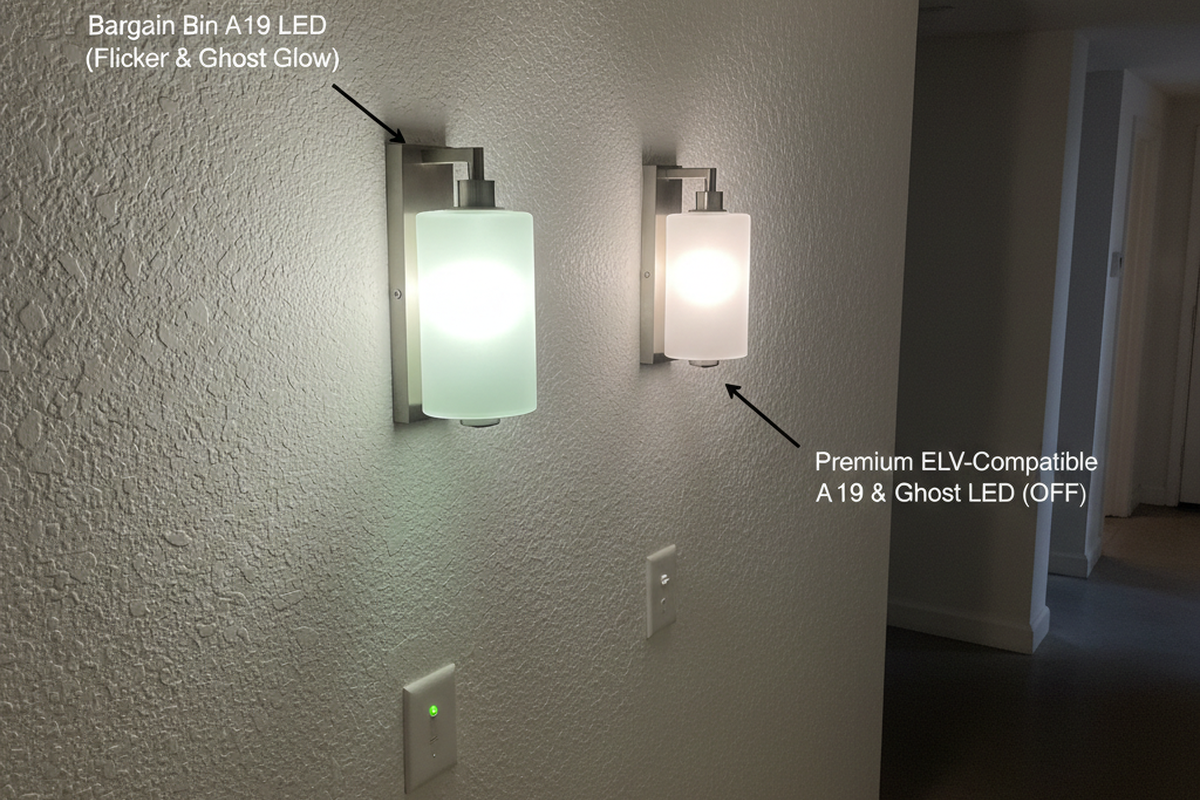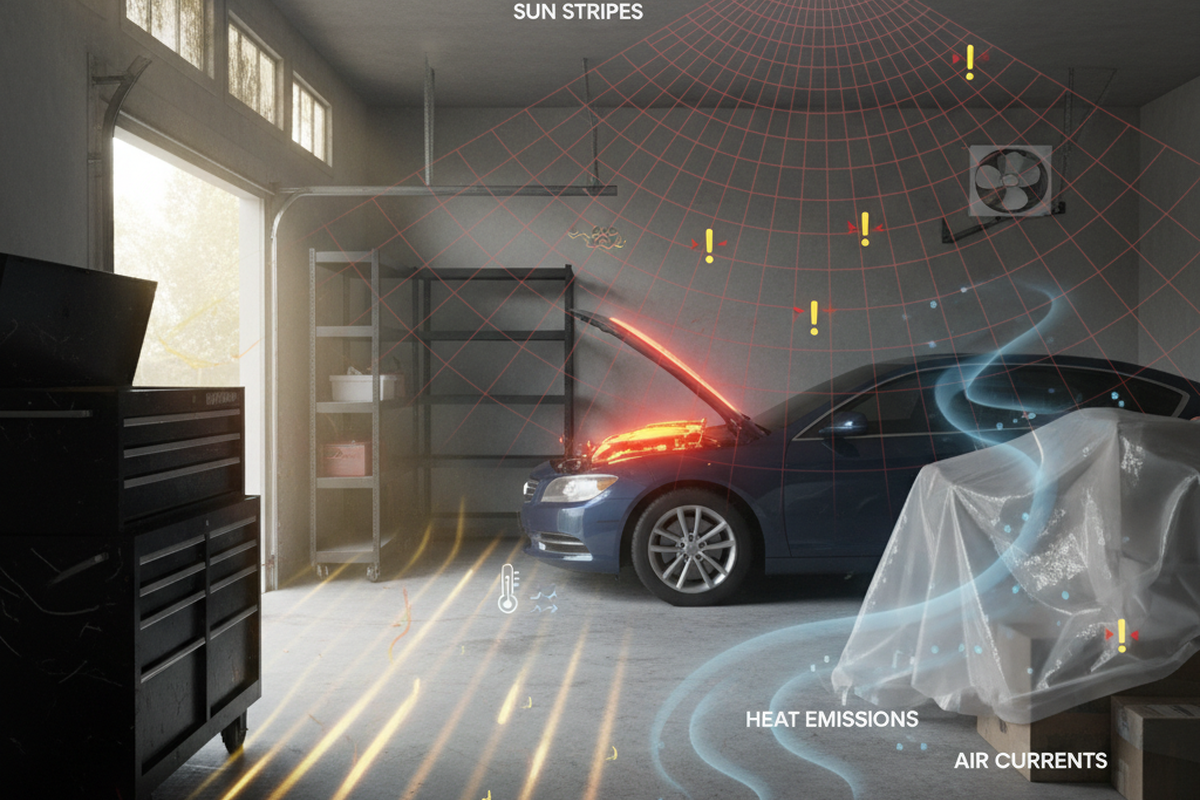What is Kelvin (K)
Kelvin (K) is the SI unit of thermodynamic temperature and is commonly used to measure the temperature of light. It is an absolute temperature scale that starts at 0 kelvin, which represents absolute zero, the point at which any thermodynamic system is at its lowest energy and all particles have the least kinetic energy. Unlike the Fahrenheit and Celsius temperature units, the kelvin unit is not expressed in degrees because it is an absolute scale. However, a change of a single degree Celsius is the same amount of temperature as one kelvin.
The Kelvin scale was designed by William Thomson, also known as Lord Kelvin, a British scientist and inventor. It is formally defined as 1/273.16 (3.6609 × 10 -3) of the thermodynamic temperature of the triple point of water. The triple point of water is the temperature and pressure at which water can coexist in all three phases: solid, liquid, and gas.
Get Inspired by Rayzeek Motion Sensor Portfolios.
Doesn't find what you want? Don't worry. There are always alternate ways to solve your problems. Maybe one of our portfolios can help.
In the lighting industry, the term “Kelvin (K)” is commonly used to specify the color temperature of light sources. Different color temperatures are associated with different types of lighting, and they can have a significant impact on the mood, ambiance, and functionality of a space. For example, lower color temperatures (around 2700K-3000K) are often used in residential settings to create a warm and cozy atmosphere, while higher color temperatures (around 5000K-6500K) are commonly used in commercial and industrial settings to provide bright and daylight-like lighting.
Looking For Motion-Activated Energy-Saving Solutions?
Contact us for complete PIR motion sensors, motion-activated energy-saving products, motion sensor switches, and Occupancy/Vacancy commercial solutions.
Kelvin scale is an absolute scale, meaning that it does not have negative values. Since temperature measures the energy of molecules and atoms, which cannot have negative energy, any accurate temperature scale must be in the positive. Therefore, there is no below-zero kelvin figure.









